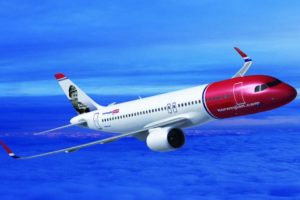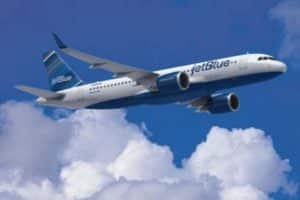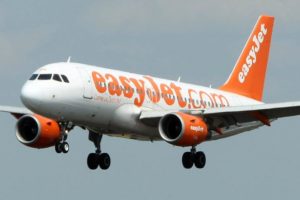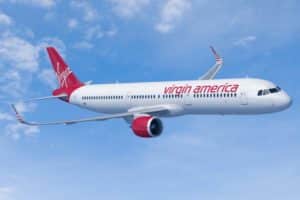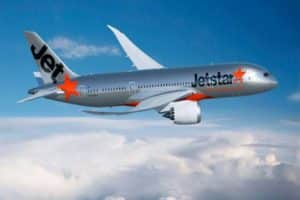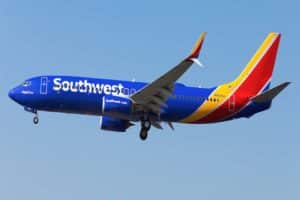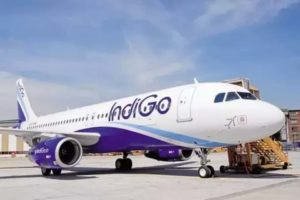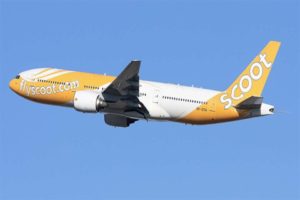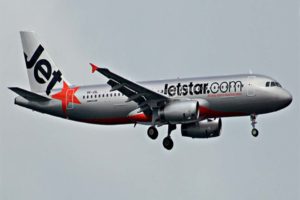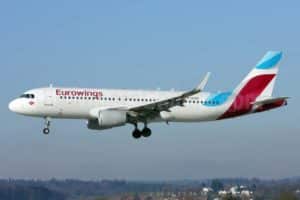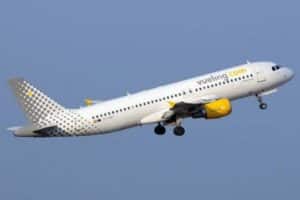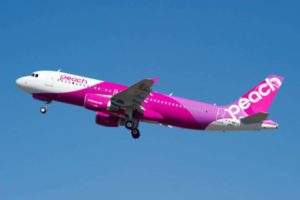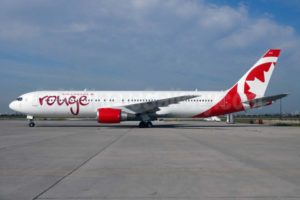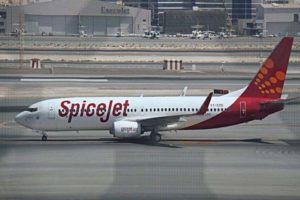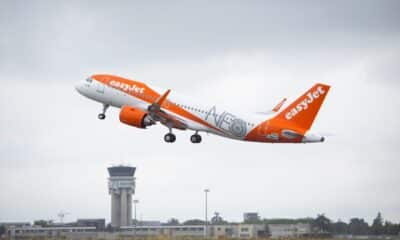Airport
Top 17 World’s Best Low-Cost Airlines 2017

1. AIRASIA, MALAYSIA
Impressively, AirAsia is the world’s best low-cost airline for the 9th year running. Based in Kuala Lumpur, Malaysia, the airline operates an extensive network covering more than 120 destinations in 26 countries across Asia, Australia and New Zealand, the Middle East and the USA. Just 15 years ago, the airline was a failing state-owned business but was rapidly turned around by CEO Tony Fernandes.
2. NORWEGIAN AIR, NORWAY
Also voted best long-haul low-cost airline and best low-cost airline in Europe, Norwegian Air comes in second on this list. The company flies to more than 100 destinations throughout Europe, Asia, Africa, the Middle East and the USA – making headlines earlier this year when it offered one-way flights between Dublin and New York for just $90 (£69). Its planes are instantly recognizable as they each have a red nose and portraits of famous Scandinavians on their tail fins.
3. JETBLUE AIRWAYS, USA
“You above all” is the reassuring slogan of JetBlue Airways, credited with raising the standards of low-cost carriers in the US thanks to its friendly-service, satellite TV and free snacks. With headquarters in New York, the carrier has routes to 102 destinations across North, Central and South America. The company recently announced plans to remove its schedules from 11 online travel sites to encourage direct bookings, thereby cutting the commission it pays to third parties.
4. EASYJET, UK
No-frills British airline easyJet burst onto the scene in 1995, launched by self-titled ‘serial entrepreneur’ Stelios Haji-Ioannou. It’s now the second-largest airline in Europe by number of passengers, behind Ryanair, carrying around 73 million people annually. EasyJet flies to more than 100 destinations throughout Europe and North Africa.
5. VIRGIN AMERICA, USA
Virgin America prides itself on offering a top-notch service at an affordable price. Even passengers in the main cabin can expect mood lighting, snacks, power outlets, wi-fi, leather seats and video touchscreens in every seatback. Those flying in Select and First Class have more legroom and premium meals. Virgin America flies to 21 destinations across the US, plus three in Mexico.
6. JETSTAR AIRWAYS, AUSTRALIA
Jetstar Airways is based in Melbourne and promotes itself as “Australia’s No. 1 Low Fares Airline”. Founded in 2004, the company flies to destinations throughout Australia and New Zealand and also has routes to China, Japan, Vietnam, the US, Thailand, Malaysia, Fiji, Indonesia and the Cook Islands. Jetstar Airways is wholly owned by Qantas Airways, which offers a more premium service.
7. AIRASIAX, MALAYSIA
Long-haul and low-cost carrier AirAsiaX has flown over 19 million passengers since it launched its maiden flight 10 years ago. It currently serves 23 destinations across Asia, Australia, New Zealand, the Middle East and Africa. Earlier this year, founder Tony Fernandes ended speculation that the airline would return to Europe and start flying to the US, confirming the company will remain focused on Asia only.
8. AZUL LINHAS AÉREAS BRASILEIRAS, BRAZIL
Azul Linhas Aéreas Brasileiras is the latest success of co-founder David Neelemen, who also helped build JetBlue and WestJet. Founded in 2008, the São Paulo-based budget airline’s success is largely down to the fact it began by targeting under-served cities throughout Brazil. Its fleet of 125 jets now fly to more than 100 destinations throughout Argentina, Bolivia, French Guiana, Portugal, the USA, and Uruguay.
9. SOUTHWEST AIRLINES, USA
The world’s largest low-cost carrier, Southwest Airlines has more than 700 Boeing 737 jets and operates more than 4,000 flights a day in peak season. The Dallas-based airline flies to around 100 destinations across the US, South America and the Caribbean.
10. INDIGO, INDIA
New Dehli-based IndiGo is the largest airline in India in terms of passengers carried – a total of 41 million people last year. One of the fastest-growing aviation companies in Asia, it’s about to add another 400 Airbus jets to its current fleet of 100. IndiGo flies to 46 destinations, most of which are domestic, but also airports in Nepal, Oman, Qatar, Singapore and Thailand, along with Dubai and Sharjah in the United Arab Emirates.
11. WESTJET, CANADA
Launched in 1996, WestJet was originally a small regional airline but has grown to become the second-largest carrier in Canada. The cost-conscious company now flies to more than 100 destinations throughout Canada, Central America, Mexico, Europe and the Caribbean – and plans to expand into Asia and South America in the next few years.
12. SCOOT, SINGAPORE
Owned by Singapore Airlines, Scoot was launched in 2012. The company offers a no-frills, low-cost service alongside business class ‘ScootBiz’, which offers extra legroom and larger, leather seats. Scoot operates services in Singapore, Honolulu, China, Malaysia and the Gold Coast of Australia.
13. JETSTAR ASIA, SINGAPORE
Jetstar Asia, an off-shoot of Jetstar Airways, flew into the skies in 2004. A latecomer to the budget aviation market, the business differentiated itself from other airlines by traveling within a five-hour radius of Singapore, while its competitors didn’t go beyond four hours. Jetstar Asia travels to around 100 destinations across India, China, Malaysia, Thailand, Singapore, Cambodia, New Zealand and Australia.
14. EUROWINGS, GERMANY
Low-cost carrier Eurowings flies to more than 150 destinations throughout Europe as well as Thailand and South Africa. The company offers passengers three fare options for both short and long-haul flights: Basic (flight only), Smart (preferred seating, food and luggage included) and Best (premium seating and legroom, à la carte catering and in-flight entertainment). Its parent company, Lufthansa, recently bought over 81 of Air Berlin’s plane, increasing the Eurowings fleet to 210 aircraft.
15. RYANAIR, IRELAND
Dublin-based Ryanair is Europe’s largest airline in terms of passenger numbers. The company serves 34 countries throughout the continent as well as Morocco and Israel. The budget airline made the list despite cancelling thousands of flights this summer after a ‘mess-up’ in how it scheduled time off for pilots. Customer satisfaction improved from 2014 when Ryanair allowed customers two free carry-on bags. But, from January 2018, passengers will be charged for the privilege.
16. VUELING AIRLINES, SPAIN
Spain’s second-largest carrier, Vueling flies to over 160 destinations throughout Europe, Africa and Asia. The company, based in Barcelona, offers three fares: Basic, Optima (allocated seating and check-in luggage) and Excellence (front row, allocated seating, priority boarding, larger luggage allowance). The airline flew 2 million passengers in the UK during the summer 2017, an 8% increase from the summer season of 2016.
17. TIGERAIR, SINGAPORE
Tigerair Singapore merged with Scoot in July 2017 and now operates under that name, but before all this it was voted the 17th best low-cost airline in the world. The economy service continues to operate flights throughout southeast Asia, Bangladesh, China and India. (This entry does not refer to Tigerair Australia, which is a different operation entirely.)
18. PEACH, JAPAN
Japanese airline Peach operates 14 domestic routes and flies to 15 international destinations across Hong Kong, China, Thailand, Taiwan and South Korea. Passengers can chose between three fares: Simple, Value and Prime, with the more expensive options offering allocated seats, additional legroom and bigger luggage allowances.
19. AIR CANADA ROUGE, CANADA
A low-cost subsidiary of Air Canada, Air Canada Rouge began operating in 2013 with just four aircraft. The company now has 49 planes and flies to more than 90 popular destinations throughout Canada, Europe, the Caribbean, South America and the USA. The airline is currently in the process of adding high-speed wi-fi to its entire fleet. All Airbus 319s will be equipped by spring, followed by its Airbus 321s and Boeing 767s later in 2018.
20. SPICEJET, INDIA
In 2014, Indian airline SpiceJet was about to fold – and was even forced to cancel 2,000 flights because it couldn’t afford to pay for oil. Its fortunes changed when chairman Ajay Singh took over and it’s now the third-largest carrier in the country. SpiceJet now operates more than 300 flights to 55 destinations throughout India, China, Thailand, Saudi Arabia, the United Arab Emirates, Afghanistan, Nepal and Sri Lanka.

Airport
Dubai Initiates ‘World’s Largest’ Airport Terminal Project

Dubai, known for its audacious projects and visionary ambitions, has set its sights on yet another groundbreaking endeavor.
On a Sunday announcement, the Gulf emirate revealed the commencement of construction on a colossal new terminal at Al Maktoum International Airport. With an estimated cost soaring close to $35 billion, this undertaking signals Dubai’s unwavering commitment to spearheading innovation and redefining the global aviation landscape.
The visionary behind this monumental project, His Highness, proclaimed that this future hub will surpass all precedents, becoming “the world’s largest” airport. Envisioned to dwarf the current Dubai International Airport by fivefold, it will boast a staggering 400 aircraft gates and feature a constellation of five parallel runways.
But more than just sheer size, the new terminal will serve as a crucible for pioneering aviation technologies, heralding a new era of efficiency and connectivity in air transport. Dubai’s ambitions extend beyond mere infrastructure.
As His Highness elaborated, the airport will catalyze the emergence of an entire city, a bustling metropolis in Dubai South. Anticipated to accommodate housing for a million residents, this urban nexus will magnetize leading companies in logistics and air transport, cementing Dubai’s status as a global economic powerhouse.
The master plan for the Airport of the Future unfolds across an expansive canvas, spanning a sprawling area of 70 square kilometers. With an ultimate capacity surpassing 260 million passengers and 12 million tonnes of cargo per annum, it charts a trajectory for sustained growth and prosperity in Dubai’s aviation sector over the next four decades.
This visionary project is not just a testament to Dubai’s ambition; it is a cornerstone of its economic agenda. Integral to Dubai’s economic fabric, the new airport will fuel job creation and residential demand, with projections estimating requirements for over a million individuals living and working in Dubai South.
Aerospace
India is set to build a central command for the Air Traffic Control system, called ISHAN

India’s air traffic growth has led to increased responsibilities for air traffic control. The Airports Authority of India (AAI) is considering centralizing air traffic control for aircraft, dividing the country into four regions. The goal is to consolidate India’s segmented airspace into a single entity to improve air traffic management (ATM) efficiency, safety, and smoothness.
Recently, the AAI invited expressions of interest to develop a detailed project report for the Indian Single Sky Harmonized Air Traffic Management (ISHAN) initiative in Nagpur. Under this plan, air traffic controllers in Nagpur would handle domestic flights flying above 25,000 feet, eliminating the need for coordination among controllers in different regions.
For domestic regional flights operating above 25,000 feet, control would shift to the central command in Nagpur. This consolidation aims to enhance airline operations, increase flight handling capacity, and reduce congestion and flight times for passengers.
Currently, the AAI provides ATM services over Indian airspace and adjoining oceanic areas, covering over 2.8 million square nautical miles. This airspace is divided into four flight information regions (FIRs) in Delhi, Mumbai, Kolkata, and Chennai, along with a sub-FIR in Guwahati.
FIRs are responsible for providing air traffic services, including weather information, visibility, and search and rescue assistance. The proposed unification under the ISHAN initiative aligns with the projected growth of the aviation industry, which anticipates a doubling of domestic passenger traffic by 2030.
Airport
Hamad International Airport Recognised as the “World’s Best Airport” for 2024
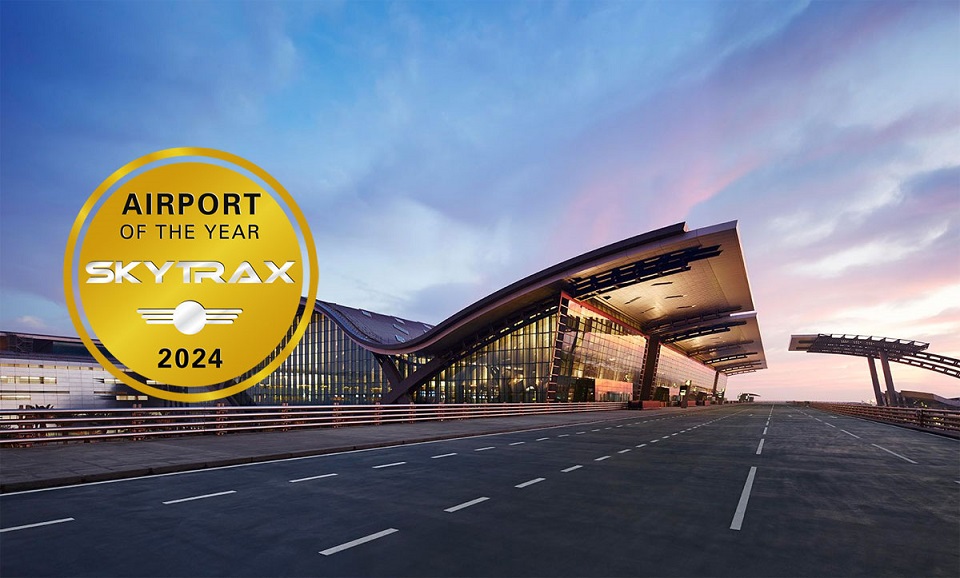
The World Airport Awards, which took place on April 17, 2024, in Frankfurt’s Passenger Terminal EXPO, have crowned Doha’s Hamad International Airport the World’s Best Airport 2024.
In addition, Hamad International Airport took home prizes for Best Airport in the Middle East and Best Airport Shopping in the World. Singapore Changi Airport, the 2023 Airport of the Year and 12-time winner, came in second in the world rankings and took home prizes for the Best Airport in Asia and the Best Airport Immigration Service Worldwide.
In 2023, Hamad International Airport saw an extraordinary increase in passenger volume, marking a noteworthy milestone. Serving more than 45 million travellers, the airport saw a startling 31% rise from the year before. The airport serves over 250 destinations with passenger, cargo, and chartered flights. It also welcomed new distinguished airline partners, such as Vistara, Iberia, Xiamen Airlines, Garuda Indonesia, and Japan Airlines.
Hamad International Airport is looking forward to a busy 2024 as it enters its historic tenth year of existence. The airport wants to become even more of a leader in the aviation sector by investing in cutting-edge technologies and industry-first projects that will improve sustainability efforts.
A varied lifestyle destination itself is Hamad International Airport. The airport combines modern food and shopping options, leisure and entertainment venues, and a top-notch collection of artwork from globally known artists all within its single, spacious terminal. With the completion of the first phase of the airport expansion project, Hamad International Airport has improved its multi-dimensional offering and greatly boosted capacity.


